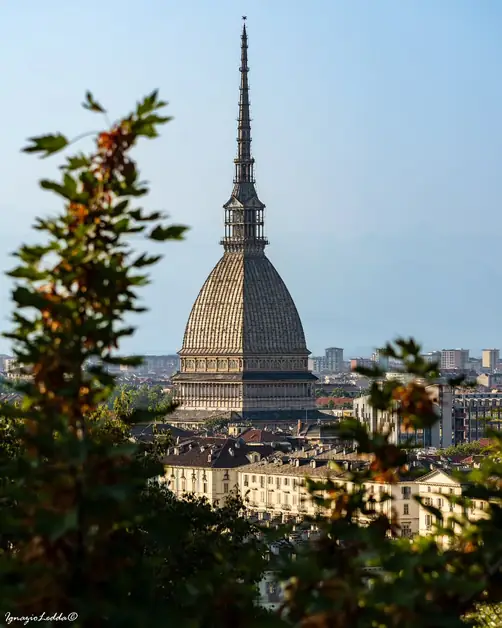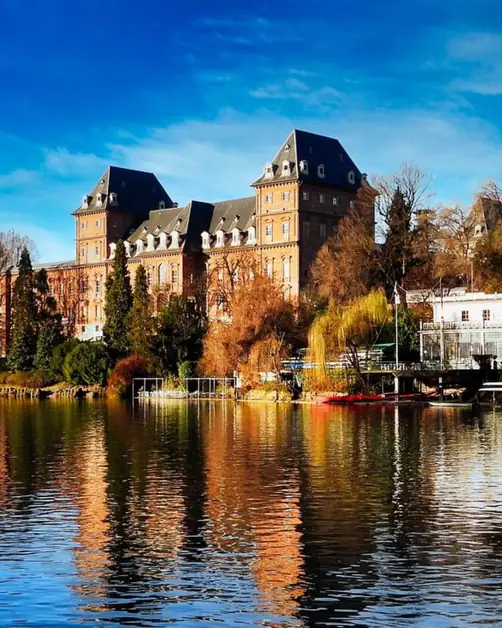The Mystery of Grande Torino and the Superga Tragedy
The Grande Torino and the Superga tragedy symbolize courage and national unity.

**What happened on May 4, 1949, at Superga?
** On May 4, 1949, around 5 PM, a terrible plane crash shook all of Italy. The trimotor I-Elce, carrying the entire Torino team, crashed into the back of the Basilica of Superga in Turin, completely shrouded in fog. There were no survivors: all 31 people on board lost their lives. That day a legend was born and one of the strongest teams in the history of world football, the Grande Torino, was extinguished.
**Why did the Torino plane crash into the Basilica of Superga?
** The causes of the accident were mainly related to bad weather and the thick fog that enveloped the Turin hill. The pilot, due to poor visibility, was unable to maintain the correct altitude and the plane crashed into the rear embankment of the Basilica of Superga. The impact was devastating and immediately fatal for everyone on board.
**Where was the Torino team returning from that day?
** Torino was returning from a trip to Lisbon, where the day before, on May 3, 1949, they had played a friendly match against Benfica. That match had been organized as a solidarity event, but on the return, tragedy struck suddenly, forever marking the history of Italian football.
**Who were the victims of the Superga accident?
** The victims totaled 31: the entire Torino team, the technical staff, the crew, and three sports journalists. The names of the players have entered collective memory: Valerio Bacigalupo, Aldo and Dino Ballarin, Emile Bongiorni, Eusebio Castigliano, Rubens Fadini, Guglielmo Gabetto, Ruggero Grava, Giuseppe Grezar, Ezio Loik, Virgilio Maroso, Danilo Martelli, Valentino Mazzola, Romeo Menti, Piero Operto, Franco Ossola, Mario Rigamonti, and Giulio Schubert. Along with them, coaches, masseurs, managers, and journalists Renato Casalbore, Renato Tosatti, and Luigi Cavallero lost their lives.
**Who had the difficult task of identifying the bodies of the victims?
** Vittorio Pozzo, the Technical Commissioner of the Italian National Team, had the painful task of identifying the bodies of the players and staff. Pozzo, who had also been the coach of the Grande Torino, experienced that moment as one of the hardest trials of his life.
**Why was Torino called 'Il Grande Torino'?
** The Torino of those years was an extraordinary team, capable of winning five consecutive championships and dominating the Italian league. Its players were also the backbone of the Italian National Team, a symbol of talent, strength, and team spirit. For this reason, they were nicknamed the Invincibles.
**Did anyone survive the accident?
** Yes, but only by fortunate circumstances. Three survived: the second goalkeeper Renato Gandolfi, who had given up his place to Dino Ballarin; Sauro Tomà, who stayed home due to a knee injury; and Luigi Gandolfi, a young player from the youth academy, who did not participate in the trip.
**Where exactly did the Superga crash occur?
** The plane crashed into the back of the Basilica of Superga, one of the most beloved and panoramic places in Turin, located on the hill overlooking the city. Today, at the site of the impact, there is a commemorative plaque with the names of all the victims.
**Is it possible to visit the site of the Superga tragedy?
** Yes, every year thousands of people visit the Basilica of Superga not only for its architectural beauty but also to pay homage to the Grande Torino. Inside, in a side chapel, there is a memorial dedicated to the team, with photographs, memorabilia, and objects belonging to the players. The view from the hill is wonderful but filled with emotion and respect.
**How can you reach the Basilica of Superga from Turin?
** The Basilica is located about 10 kilometers from the center of Turin. It can be reached by car following the signs for Superga, or by the Superga cogwheel tram, a historic means of transport that departs from Sassi, a neighborhood in Turin, and climbs to the top of the hill, offering a spectacular view of the city and the Alps.
**What does the Grande Torino represent today for the city and for Italy?
** The Grande Torino is more than a team: it is a symbol of courage, loyalty, and national unity. Even today, every May 4, fans and citizens gather at Superga to remember the Invincibles. The bells of the Basilica ring in their memory, and Torino fans come together in a silence filled with emotion and respect.
**Why is the Superga tragedy so important in Italian history?
** Because it represents the loss not only of a sports team but of a symbol of rebirth for post-war Italy. Those young footballers had brought enthusiasm, victories, and pride to a country still wounded by the world conflict. Their sudden death left an immense void but also a legacy of values that still endures over time.
**Are there museums or places dedicated to the Grande Torino?
** Yes, in Grugliasco, near Turin, there is the Museum of Grande Torino and the Granata Legend, which collects memorabilia, photographs, and documents dedicated to the team. It is a must-visit place for those who want to learn more about the history of these champions and relive the emotions of an unforgettable era.
**What role did journalists play on the plane?
** The three sports journalists on the plane were among the most well-known of the time: Renato Casalbore, founder of the magazine Tuttosport, Renato Tosatti, and Luigi Cavallero. They also lost their lives in the accident, leaving a great void in the world of Italian sports journalism.
**How did the country react to the news of the Superga disaster?
** The news spread rapidly throughout Italy, and the pain was immense. The streets of Turin filled with people in tears, and even those who were not Torino fans joined the national mourning. The funerals, held at the Basilica of Turin, were attended by hundreds of thousands of people, a sign of the enormous affection that the Italian people felt for that extraordinary team.
**What remains today of the myth of Grande Torino?
** The legend of a team that never truly died remains. Every year, new generations of fans continue to remember the names of those champions and pass on their story. Their spirit lives on in every match, in every Granata curve, and especially in that silent and sacred place that is the Basilica of Superga.




